It’s all too easy to race through Malibu if you don’t know what you’re looking for. The beach city occupies a long and absurdly thin wedge of land, stretched out in wide-armed embrace towards the Pacific Ocean, its back turned to the steep land behind it that rises up towards the craggy ridges of the Santa Monica Mountains.
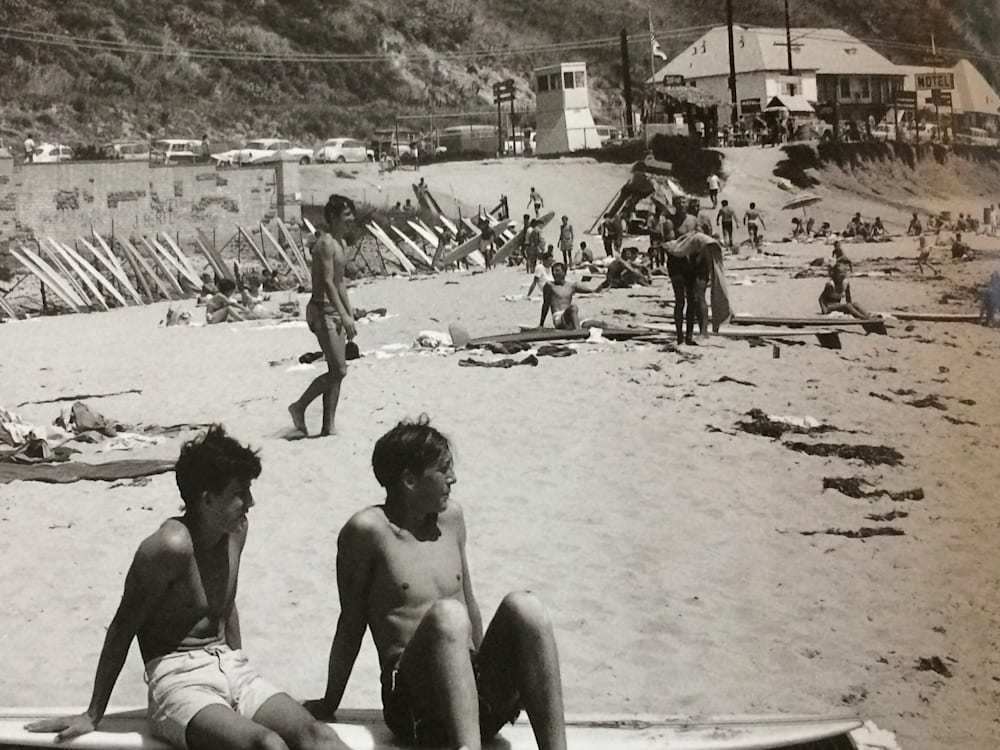
What flat and solid space there is is monopolised by the multi-lane PCH and two lines of buildings either side of it, wall-to-wall like soldiers shoulder-to-shoulder on parade. Because everything here is about the water.
It’s a way of life and if you’re not in it, you’re likely having shouted conversations about the surf conditions through open car windows as you swerve into a free space on the side of the road. Or eating lobster fished from it and served in puddles of finger-pinching hot butter at Broad Street Oyster Company. Or looking at it from the Surfrider’s motel-turned-boutique hotel rooftop terrace.
A century ago, the majority of the buildings now jostling for space did not exist. In their place there were sprawling estates and clusters of gated communities, intended for the well-fortuned. The siren call of that water, however, was hard to ignore, and people were willing to crawl under whatever fence the rich and famous had erected to get to it.
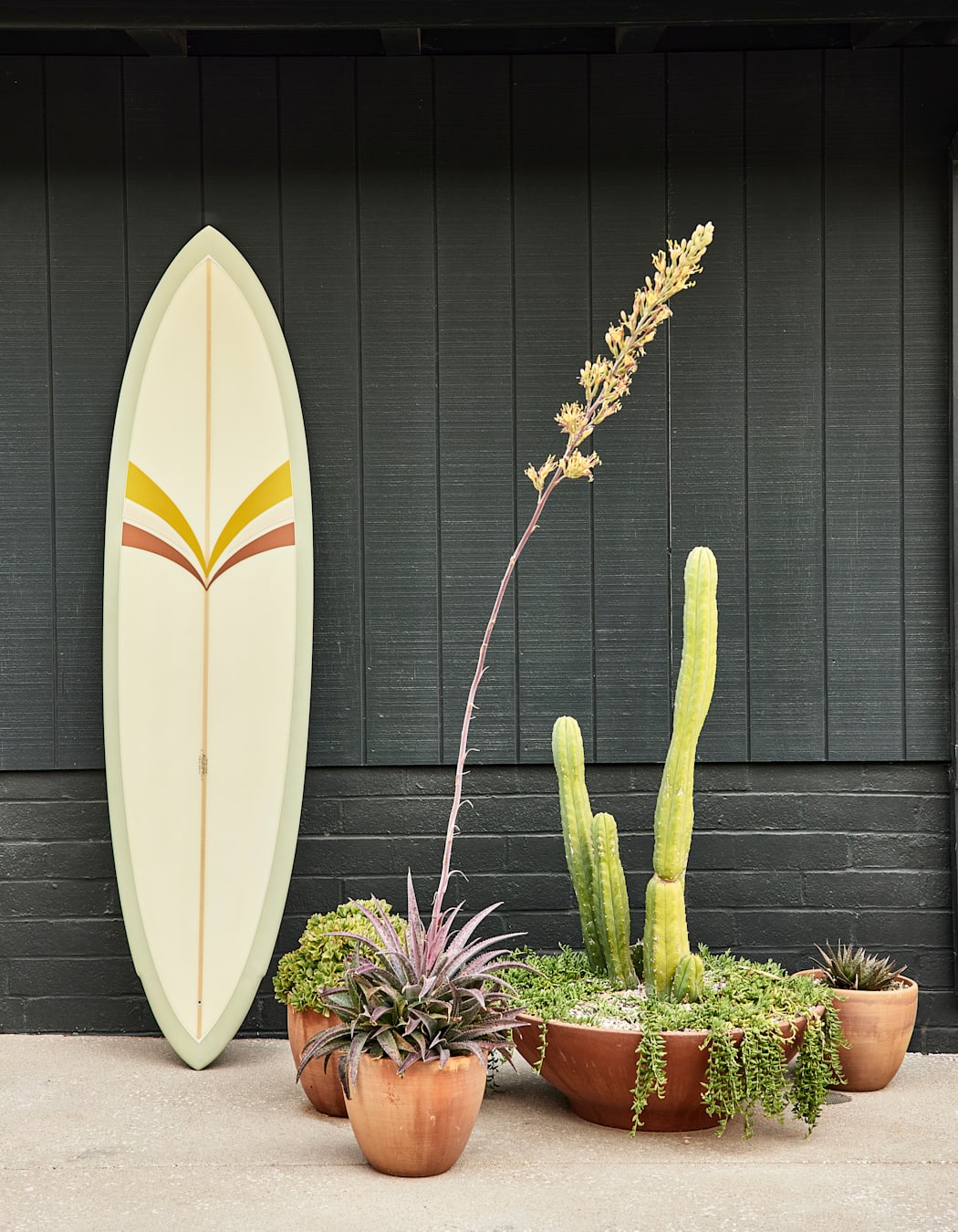
In the first half of the 20th century, surfing as we recognise it today — riding the forward section, or face, of moving water, typically towards the shore — was in its infancy, but very much on a supersonic rise, shaped by two extraordinary American epochs.
The Gilded Age (the 1870s), a decade of material excess, political corruption and, most importantly, the introduction of mandated holidays, and the Great Depression (1929-39), a decade of global economic shock precipitated by the Wall Street Crash. Throughout both, the beach reigned supreme.
At first because the American population had the funds and the time to enjoy the great outdoors, and later because as Matt Warshaw theorises in his The History of Surfing, ‘being poor on the beach in Southern California was a lot better than being poor in the Nebraska plains or on a New York street corner—or anywhere else in the country for that matter.’
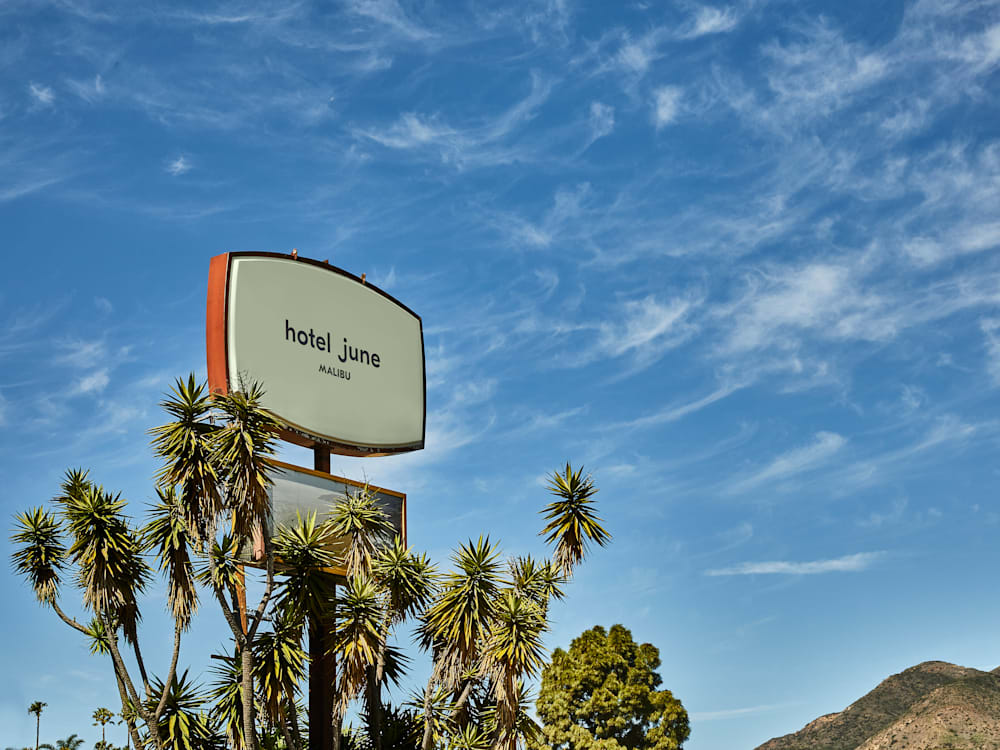
Prior to the American economy’s helter-skelter antics, Southern California had already established itself as the beating heart and home of surfing’s revival (it has existed for millennia of course, shaped by the royal families of Hawaii and fishermen in Peru). It was, says Warshaw, somewhere that ‘would try anything; it inhaled people and exhaled trends and ideas. This was the only place in…America where surfing might be embraced as something more than a curiosity.’
And then the Second World War threatened to swallow Europe whole, its ramifications felt far and wide around the globe. When the scores of surfers sent overseas landed back on home soil and returned to their place in the line-up, they were joined by a new generation of young adults — labelled, for the first time, teenagers — who danced to the new music put out by artists such as Elvis Presley and the Beach Boys and clutched at their newfound freedom with the enthusiastic grasp of people determined to never let go.
They were the same teenagers that seized at 1970s counterculture, marching against the invasion of Vietnam and for their neighbour’s civil rights. Surfing was an expression of that freedom; the great expanse of ocean was a respite from the topsy-turvy world. The work that had begun decades prior was finally done. Surfing was not just a novelty activity it was an indelible part of Californian culture, shaped by and taken up in opposition to the give and take, the soaring highs and crashing lows of government, capitalism and forces beyond the everyman’s control.
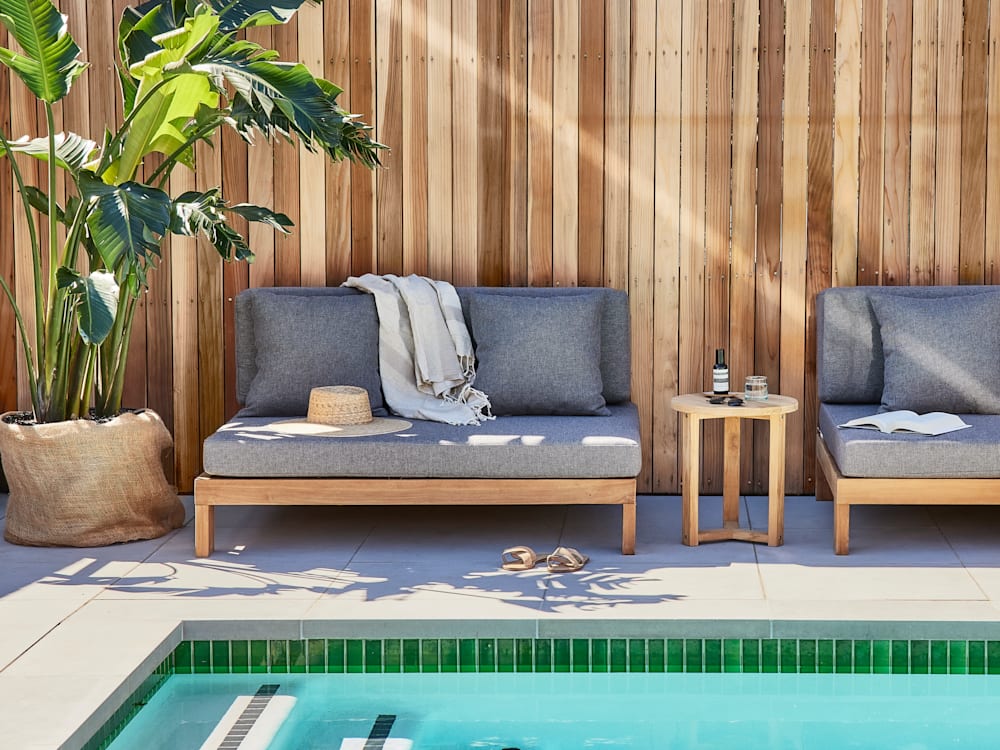
In 1974, Bob Dylan penned Blood on the Tracks in room 13 of the Malibu Riviera Motel which you will find, rebranded as Hotel June Malibu, in a shallow crater a five minute drive away from Zuma Beach — where groups of friends gather after work and take turns to bravely charge at roiling white waves and skimboard back to shore.
At the Surfrider, Dylan has to make do with a few tracks on the in-house playlist, drifting out from inside the boxy, low slung building in which 20 white-walled bedrooms, a lobby-cum-shop, library and rooftop bar hide (it’s guests-only, but the rooftop’s veggie tacos are worthy of a night’s stay all on their own).
There are linen sofas and rough hewn rugs, ‘pray for surf’ posters and straw baskets piled high with beach towels, all in fifty shades of neutral. Colour is reserved for the technicolour Californian sunrises and sunsets – bands of seemingly-filtered bright blue and candy pink – which play out behind surfers angling for waves off the mile-long beach of the same name.
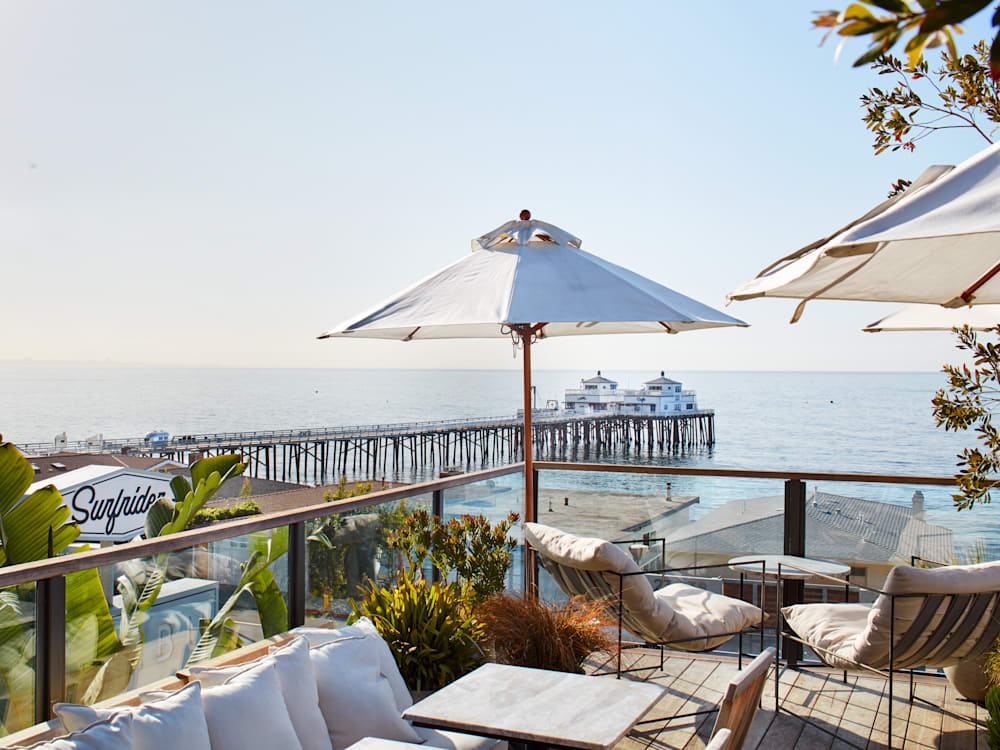
The most popular wave is a point break – a wave that hits a bit of land jutting out into the ocean like a mini headlands, and peels away from it – called First Point. It’s this exact wave, so consistent and calm, that put Malibu on the surf map. The unofficial keeper of First Point is Pete who has been surfing ever since his family moved to Malibu when he was a small boy and is now the Surfrider’s surf coach of choice.
There’s a community out here on the water, regulars greet other regulars and everyone gets along…‘for the most part,’ says Pete. ‘That’s my friend Sandy, she’s a professor at Irvine,’ he adds, gesturing across the swell; I wonder, out loud, if she has any spare spaces in her lecture hall?
The local legend — his nickname really is Local Legend Pete — has spent so much time in this water that he can read its surface, the ebb and flow beneath, and foresee a good wave long before it’s risen to anything the rest of us might pay attention to. He doesn’t bother with semantics, surf lore and complicated terminology; he pushes you onto the wave and insists you stand because the best way to learn is by doing and feeling.
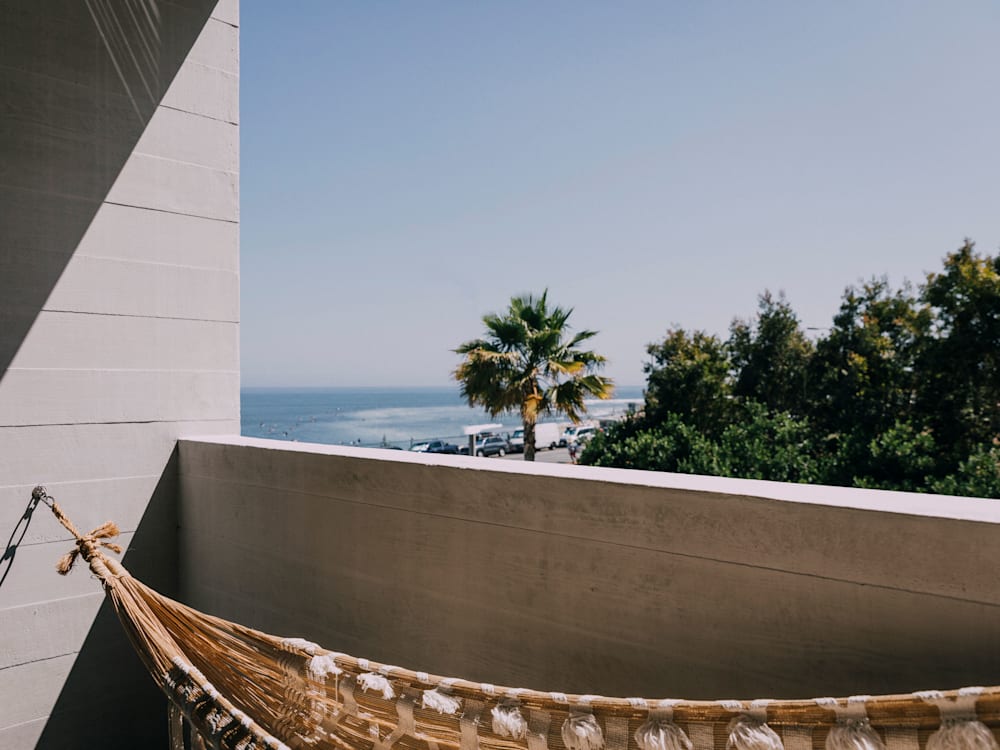
‘You can turn more easily on the wave by bending down and sticking your hand in the water,’ says the rider — wearing an inextricably dry bucket hat — to my left. We’d shared a wave all the way into the beach and across the sandy finish line, him kindly manoeuvering his weight to the back of his board so as to slow down and account for my slowish and straight path.
For more than a century, legends have surfed this wave, but keen amateurs are just as welcome too.
Seeking out your own Endless Summer? Catch a break at one of our Malibu surf hotels…
Rosie Paterson is travel and lifestyle editor at Country Life.



